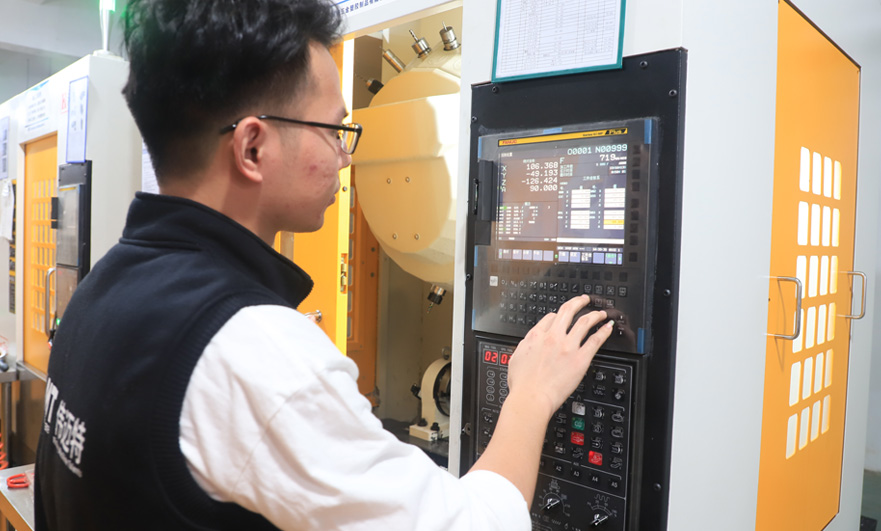15 years one-stop China custom CNC machining parts factory

Hey there I’m VMT Sam!
With 25 years of CNC machining experience we are committed to helping clients overcome 10000 complex part-processing challenges all to contribute to a better life through intelligent manufacturing. Contact us now
 186 |
Published by VMT at Nov 13 2021
186 |
Published by VMT at Nov 13 2021
I believe everyone has a basic understanding of 5-axis CNC machining, which is more flexible and more precise than three-axis CNC machining. The 5-axis CNC machining method is more flexible and has a good performance in the processing of curved surfaces. But you know that there are actually some professional terms for 5-axis CNC machining. Next, we will take you to find out.
Singular Point
The singularity in 5-axis CNC machining is a point where no object moves in space, that is, the tool is rotating but the center hardly moves. But the object itself is static. In CNC machining, the singularity reflects the same concept, that is, the tool rotates but the center hardly moves.
The tool affected by this is a ball-end tool. In many cases, 5-axis CNC machining manufacturers will tilt the tool to avoid low speeds at the center of the tool, especially during the finishing cycle.
TCPC
5-axis CNC machining processes at the same time. Synchronous 5-axis machine tools move the tool on the X, Y, and Z axes and rotate two of the A, B, and C axes to maintain continuous contact between the tool and the workpiece. This distinguishes simultaneous 5-axis CNC machining from 3+2 CNC machining operations, because in 3+2 CNC machining, the CNC machining parts are in a fixed direction. Today, most machine tool manufacturers have software to perform simultaneous 5-axis CNC machining. Generally, TCPC (tool center point control) is used to describe 5-axis CNC machining.
3+2 CNC machining
The 3+2 CNC machining process is also called position 5-axis CNC machining. You can use five axes to CNC machine parts from all sides at different points in the CNC machining time. The fourth and fifth rotation axis (selected from the A, B, and C axis) keep the part in a fixed orientation, and then a typical 3-axis CNC machining can be performed.

Tool Vector
When programming a 5-axis CNC machining, we have two different options for commanding rotation and position. We can output data using rotation angle or tool vector.
The application program is independent of any specific machine configuration. Since we did not order any specific axis labeling (A, B or C), the machine is free to use any available axis to position the tool to its commanded position and tilt angle. This freedom allows the same NC machining part program to be shared between multiple different machines in the workshop-regardless of the machine configuration-and can provide a huge degree of freedom when scheduling jobs in the workshop.
NURBS
Non-uniform rational basis spline (NURBS) is a mathematical model used to represent curves and surfaces. NURBS is part of the industry-wide modeling standard used in computer-aided manufacturing (CAM) software for mapping surfaces in three-dimensional space. These models are very useful in 5-axis CNC machining, and can visualize the curved surface path processed by multi-axis in the 5-axis CNC machining process.
X, Y and Z axis
The X, Y, and Z axes are three planes occupying three-dimensional space. These axes are called Cartesian coordinate systems and are used to draw functions in many branches of mathematics. In the CNC machining and manufacturing process, these axes are used for design, and the geometric CNC machining parts using multiple axes.
A, B and C axis
The 5-axis CNC machining configuration always involves the use of the X, Y, and Z axes and the other two axes selected from the A, B, and C axes. The A, B, and C axes used vary by machine type. Trunnion machines use A-axis and C-axis operation, while rotary machines use B-axis and C-axis.
Ready To Start Your Next Project?
Get Instant Quote

Request a Free Quote
Send us a message if you have any questions or request a quote. We will get back to you ASAP!